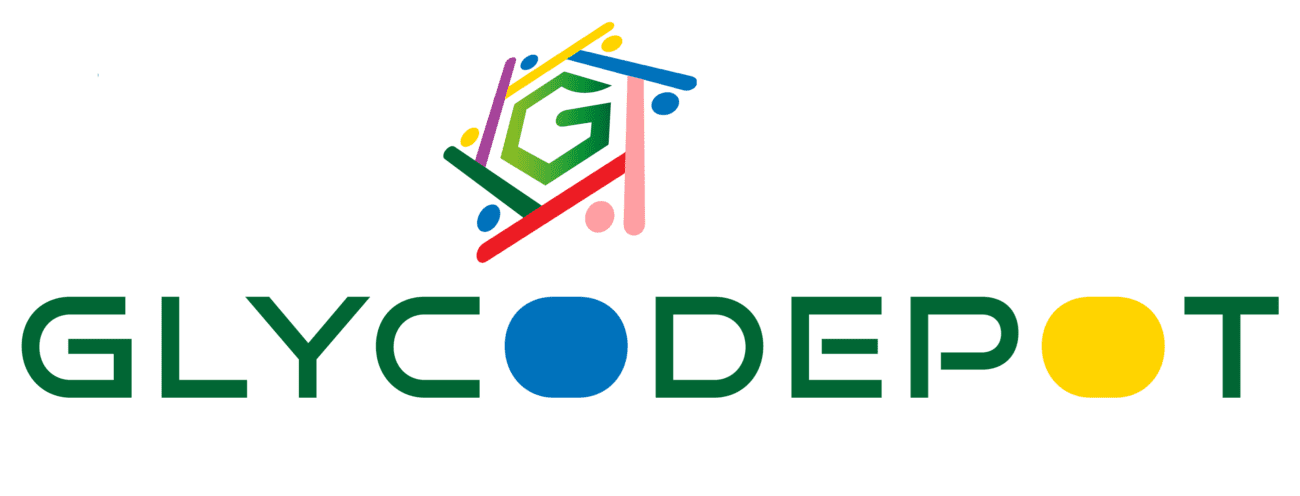4-Methylphenyl 2-O-benzoyl-4,6-di-O-benzyl-3-O-(9-fluorenylmethoxycarbonyl)-1-thio-β-D-glucopyranoside
4-Methylphenyl 2-O-benzoyl-4,6-di-O-benzyl-3-O-(9-fluorenylmethoxycarbonyl)-1-thio-β-D-glucopyranoside is a thioglycoside building block engineered for controlled oligosaccharide synthesis, featuring a strategic combination of orthogonal protecting groups to enable selective deprotection during carbohydrate assembly.
Core Structure
- Backbone: β-D-glucopyranose ring with a 4-methylphenylthio group at the anomeric position (C1), serving as a glycosyl donor activated by thiophilic promoters (e.g., NIS/TfOH).
Orthogonal Protecting Groups
| Position | Group | Stability & Deprotection |
| C2 | Benzoyl ester | Base-labile (removed via NaOH/MeOH) |
| C3 | Fmoc (9-fluorenylmethoxycarbonyl) | Base-sensitive (cleaved with 20% piperidine/DMF) |
| C4/C6 | Benzyl ethers | Acid-stable; removed via hydrogenolysis (H₂/Pd-C) |
Key Properties
- Molecular formula: C₄₉H₄₅NO₈S (estimated)
- Molecular weight: ~832.0 g/mol
- Reactivity:
- Benzoyl at C2 moderates donor reactivity via electron withdrawal.
- Fmoc at C3 enables compatibility with solid-phase synthesis workflows.
Synthetic Utility
- Sequential Deprotection:
- Step 1: Fmoc removal (C3) under mild basic conditions.
- Step 2: Benzoyl cleavage (C2) via alkaline hydrolysis.
- Step 3: Benzyl deprotection (C4/C6) via hydrogenolysis.
- Glycosylation Control:
- The 4-methylphenylthio group ensures efficient activation for glycosidic bond formation.
- Benzyl groups at C4/C6 provide steric shielding to direct regioselective coupling.
- Branching Flexibility:
- Exposed C3-OH after Fmoc removal allows site-specific modifications (e.g., phosphorylation, conjugation).
Applications
- Glycoconjugate vaccines: Selective C3 functionalization for antigen attachment.
- Dendrimer synthesis: Iterative branching via orthogonal deprotection.
- Glycosidase inhibitor design: Protected glucose scaffold for analog development.
Stability Profile
| Condition | Stability |
| Acidic (pH > 3) | Stable (benzyl/benzoyl intact) |
| Basic (pH < 9) | Stable except during Fmoc/benzoyl cleavage |
| Hydrogenation | Tolerated until final benzyl removal |
This compound exemplifies advanced carbohydrate engineering, integrating traditional protecting groups (benzyl, benzoyl) with modern orthogonal motifs (Fmoc) for precision synthesis of complex glycans. Its design supports both solution-phase and automated solid-phase methodologies.
Citations:
- https://patents.google.com/patent/WO2000042057A1/en
- https://www.frontiersin.org/journals/chemistry/articles/10.3389/fchem.2023.1332837/full
- https://pubmed.ncbi.nlm.nih.gov/31895493/
- https://europepmc.org/article/pmc/6531329
- https://pubs.rsc.org/en/content/getauthorversionpdf/c9ob00573k
- https://pmc.ncbi.nlm.nih.gov/articles/PMC6259426/
- https://pmc.ncbi.nlm.nih.gov/articles/PMC2952681/
- https://onlinelibrary.wiley.com/doi/full/10.1002/asia.201901621

Reviews
There are no reviews yet.